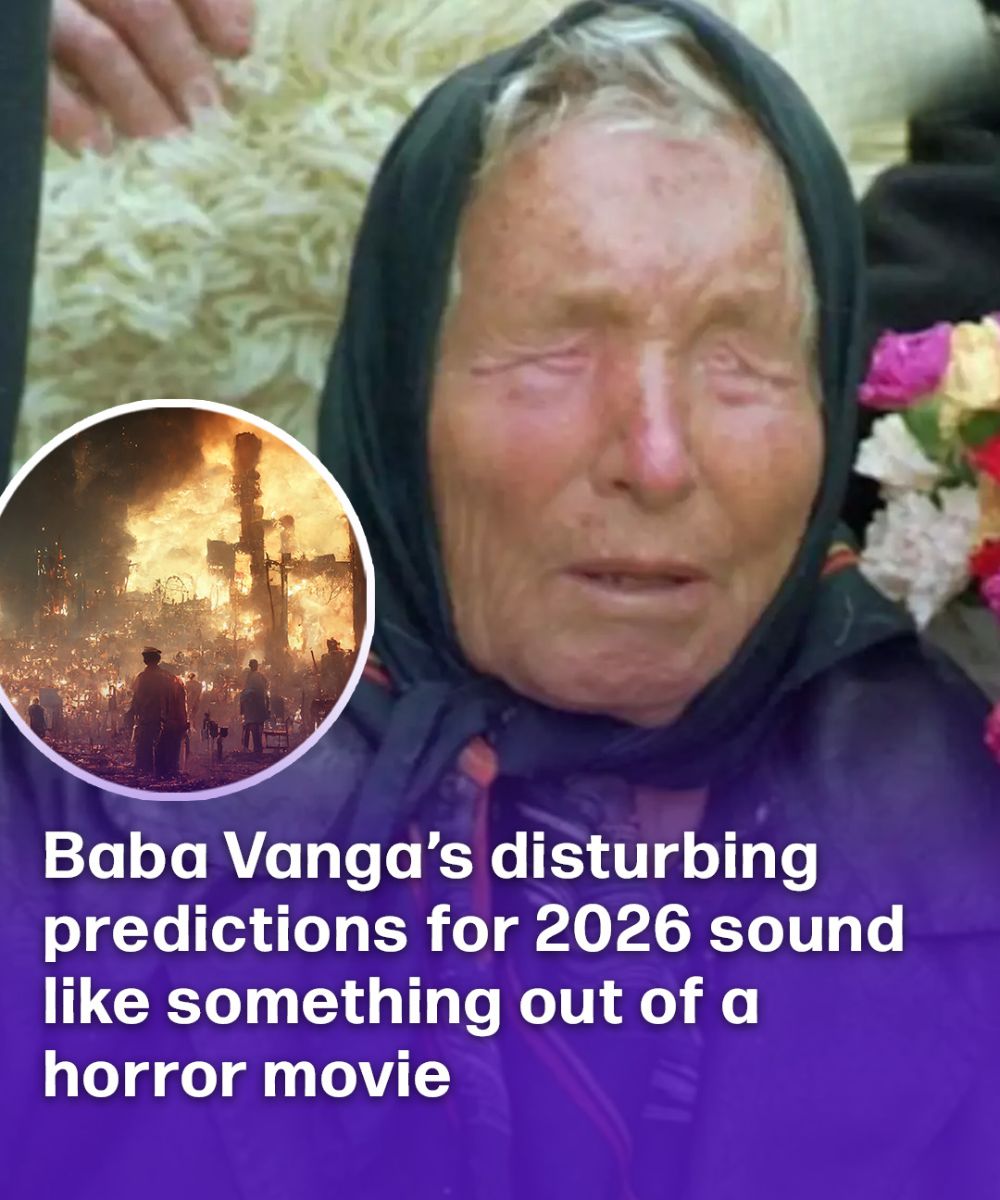Baba Vanga’s Predictions for 2026
Contact with an unknown civili:zation
The most optimistic of her forecasts recommends that 2026 could mark the first contact between humans and extraterrestrial beings. According to Sky History, this may take the form of a massive spacecraft approaching Earth sometime in November.
Natural disasters
True to her recurring themes, Vanga allegedly predicted a surge in devastating natural phenomena – enormous earthquakes, volcanic eruptions, and extreme weather events. Together, these could affect up to 8% of the planet’s land surface. She never shared exact locations, adding an air of mystery and anxiety to her war:ning.
Rising global conflict
Vanga also foresaw mounting international tensions in 2026, potentially escalating into what she described as the early signs of World Wa:r III. Fortunately, her visions did not indicate nuclear warfare, suggesting humanity still has centuries before total destruction.
Reversal on artificial intelligence
Though AI technology didn’t exist in her lifetime, Vanga hinted that by 2026, scientists would realize they had gone “too far” with one of their innovations particularly regarding ethical concerns. Given how dominant AI has become in recent years, this prediction feels eerily relevant.
Economic turbulence

Her 2025 forecasts highlights widespread financial instability, and it appears those economic struggles are far from over. Vanga reportedly foresaw global money troubles extending well into 2026.
Renewed interest in space exploration
In addition to alien contact, Vanga claimed that humanity would set its sights on Venus, known as the “Morning Star.” This mission, she recommended, would focus on finding new sources of energy to sustain life on Earth.
Synthetic organs
Finally, Vanga once predicted that by 2046, medical professionals would routinely use artificial organs to save lives. Some historians now speculate that early breakthroughs toward this technology could begin as soon as 2026.
